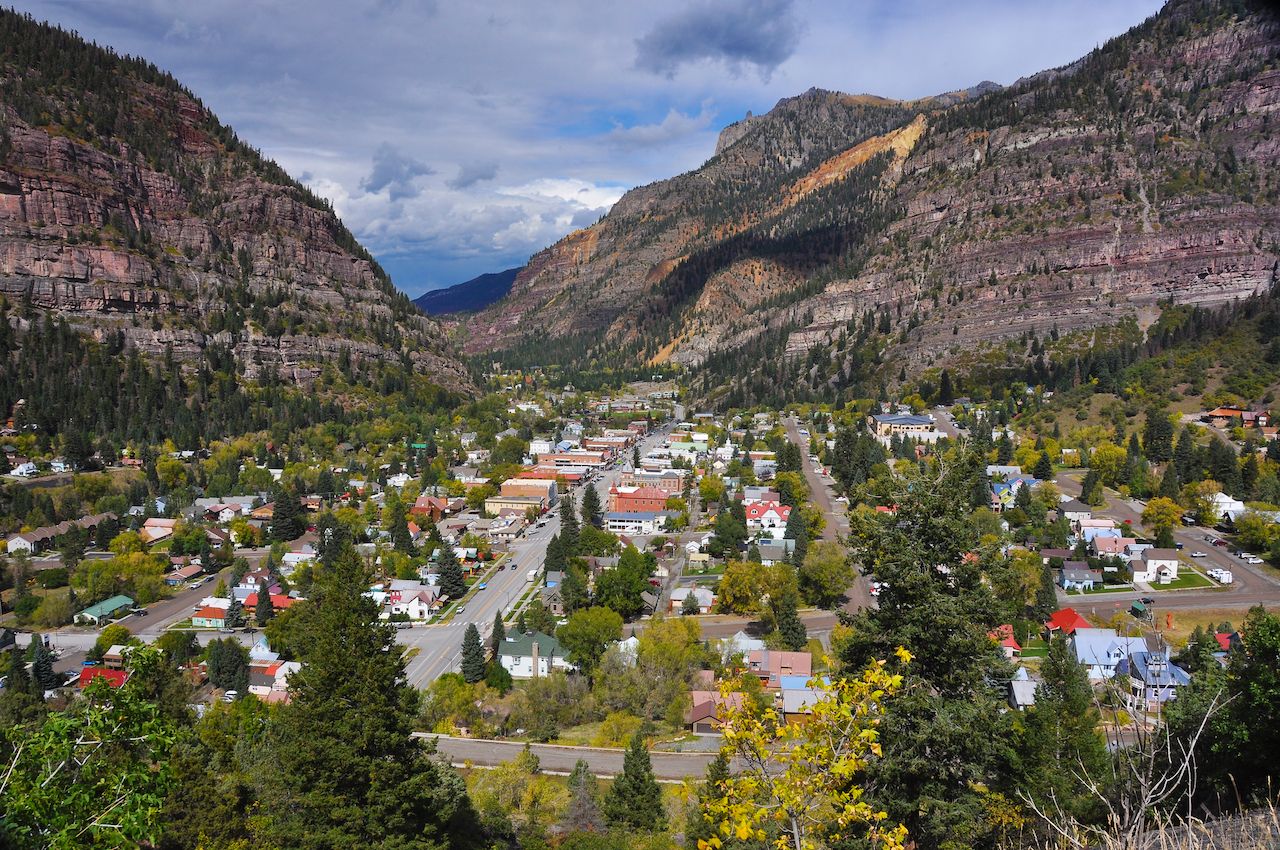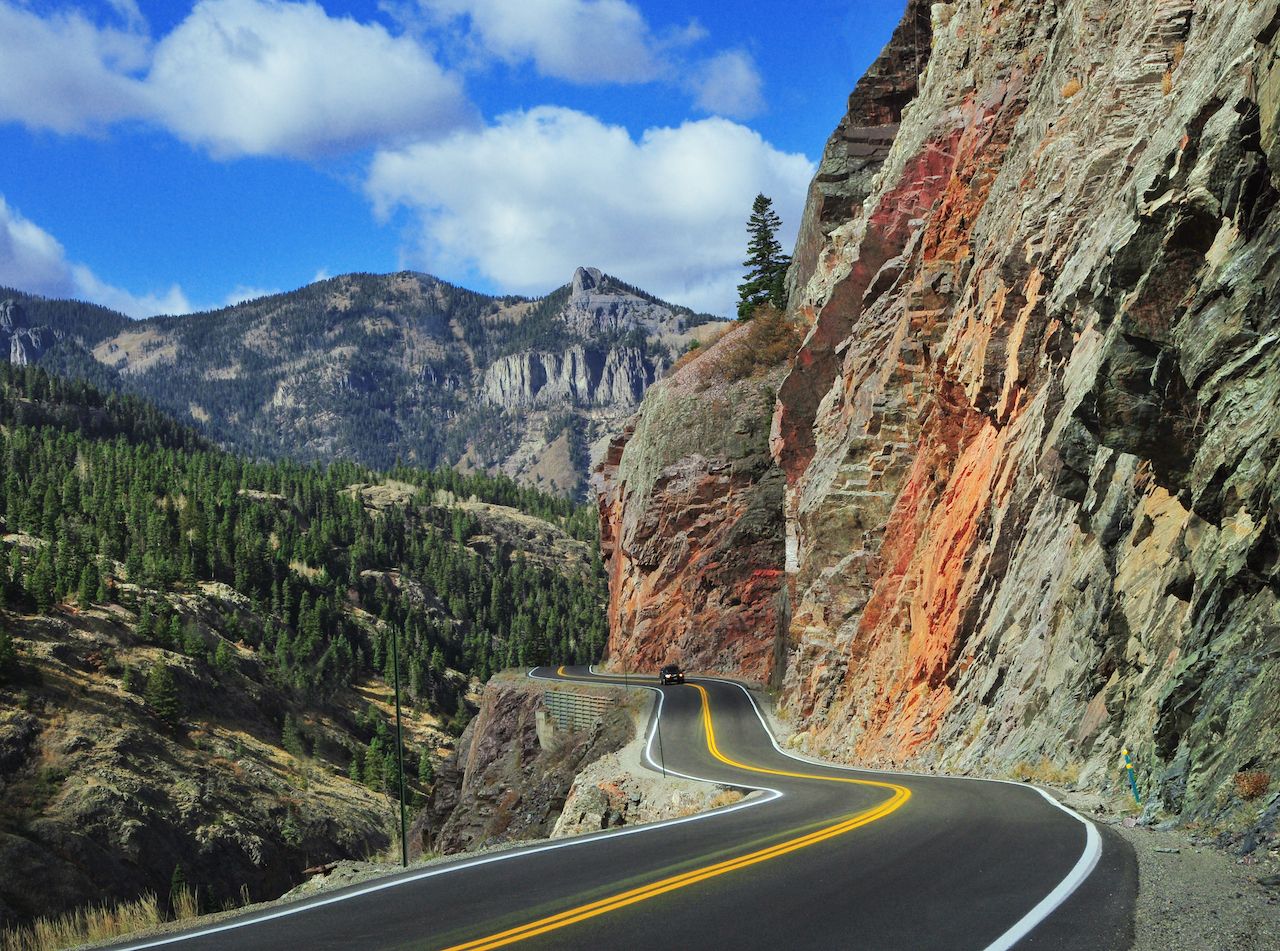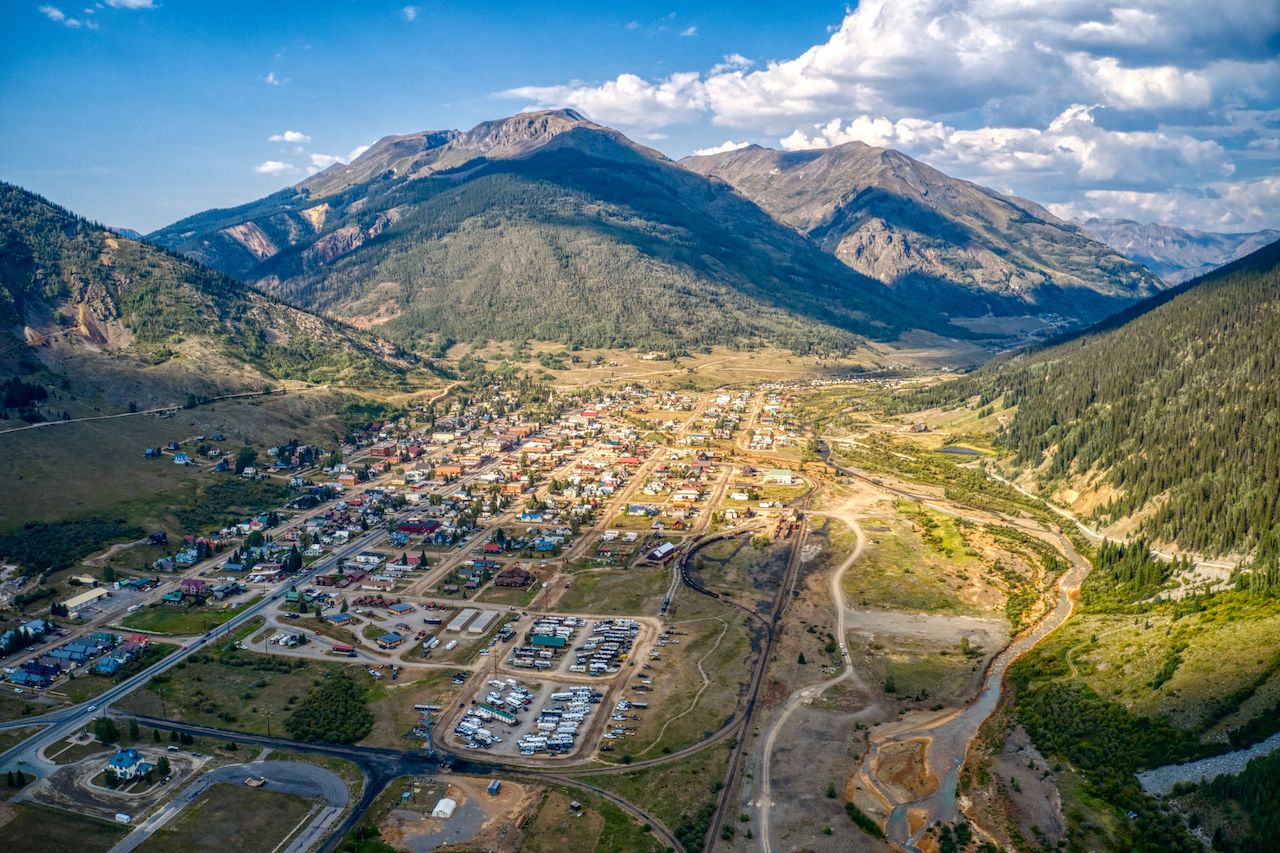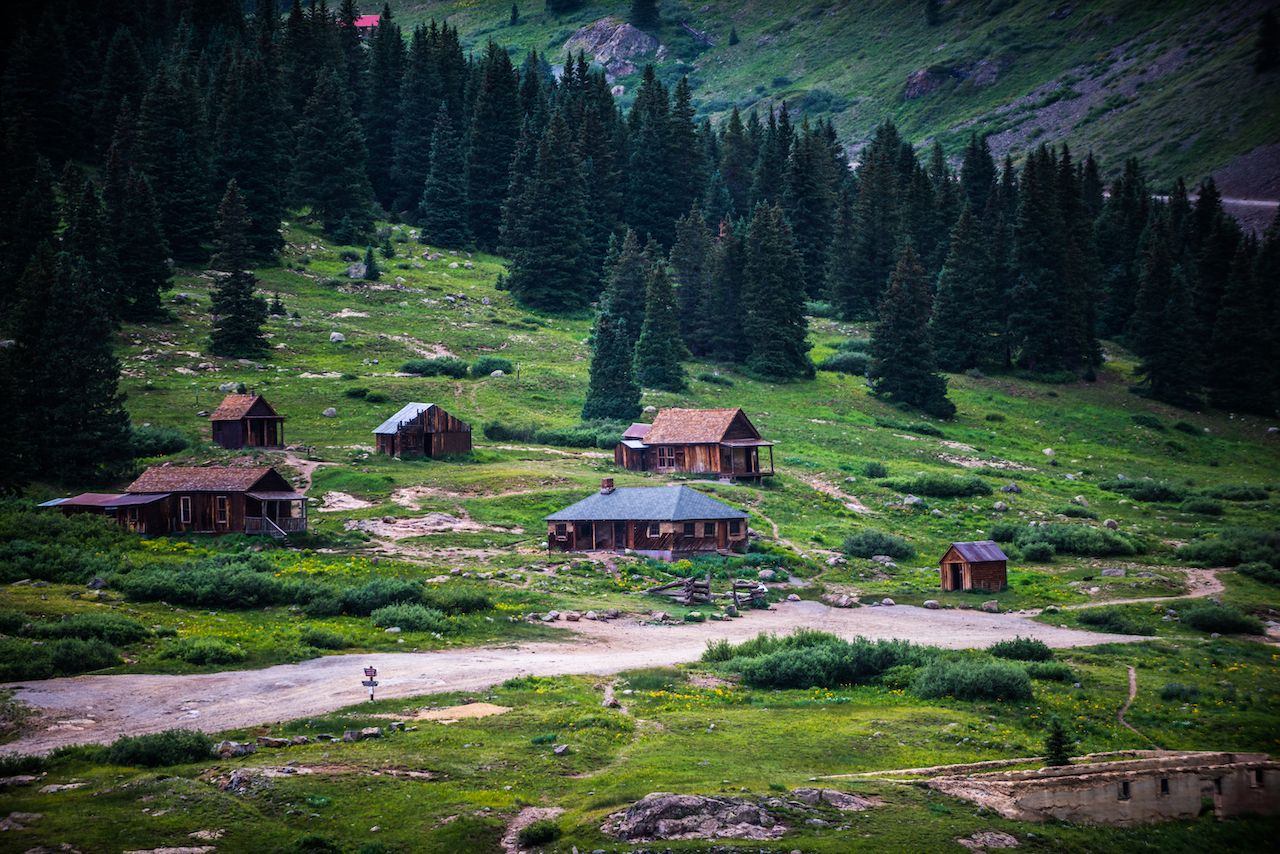The stretch of US Highway 550 between Ouray and Silverton in Southwest Colorado is dubbed the Million Dollar Highway. There’s no definitive answer as to why. One legend says there’s a million dollars worth of gold ore in the road fill. According to another, early travelers refused to go back over the treacherous mountain road, “not even for a million dollars.” Though the name could simply reflect the highway’s million-dollar views in the San Juan Mountains.
One thing is clear, however — with less than 25 miles of pavement, the highway packs a lot of bang for its buck. Otto Mears, known as the “Pathfinder of the San Juans,” originally built it as a toll road in 1883 and though it’s now paved and passable, its winding path over Red Mountain Pass remains one of Colorado’s most stunning — if, at times, intimidating — drives. Here’s what to do and where to stop along the way.




